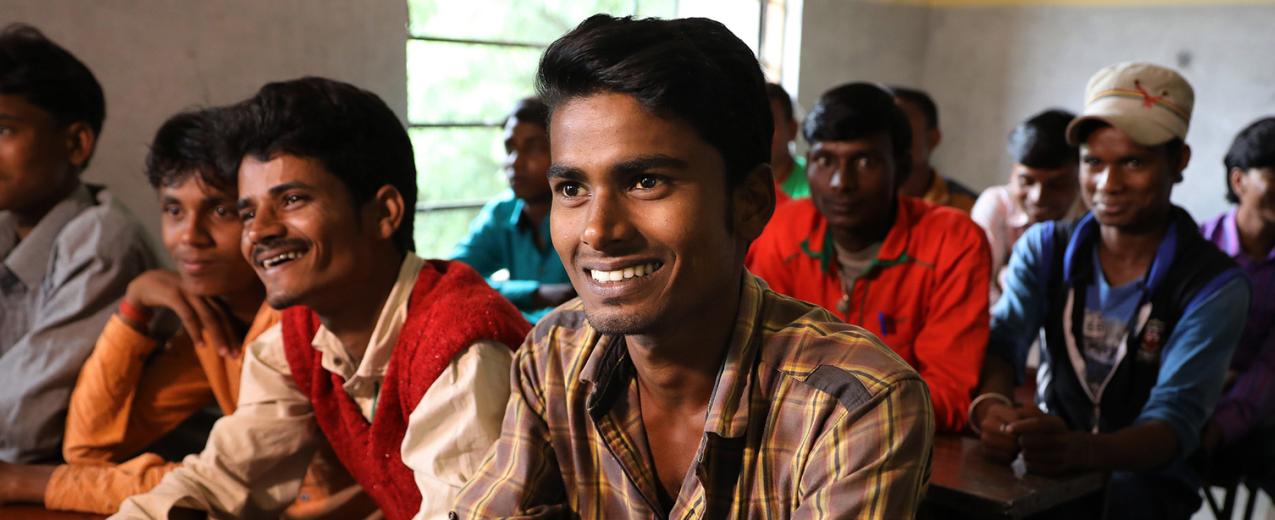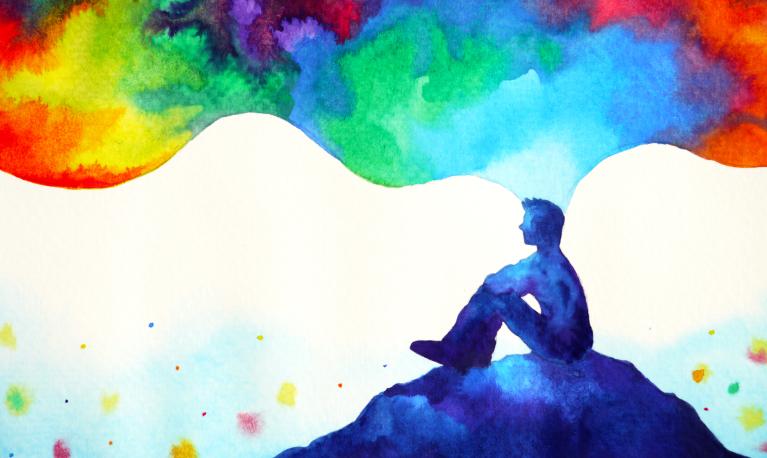
- Blog
- 4 Mayo 2020
Transforming men, transforming masculinities
- Author: Nalini V. Khurana, Sapna Kedia, Ravi Verma
- Published by: ALIGN
We are seeing an important shift in focus within the field of male engagement for gender equality: a shift from asking why men should be engaged, to talking about how to best engage with them.
Propelled by milestone events from the Fourth World Conference on Women in Beijing in 1995, to the MenEngage Global Symposia on Engaging Men and Boys in 2009 and 2014, male engagement on gender equality has grown and evolved over recent decades. While many programmes that work with men have built upon initiatives to tackle violence against women and girls (VAWG) and sexual and reproductive health (including HIV/AIDS programming) in the 1980s and 1990s, the scope for male engagement programming has expanded in recent years to support wider aspects of women’s empowerment and gender equality – including education, health, livelihoods and more.
At the same time, the rationale and approach for engaging men have also evolved. From viewing men solely as obstacles to the empowerment of women, there is now a broad consensus that men and boys are key partners and stakeholders in gender equality. There is also a sense that they must be engaged not only to empower women and girls, but also to achieve justice for everyone, including themselves.
Today, 25 years after the landmark Beijing Platform for Action, research and programming from around the world demonstrates how men can be engaged at various points in their life cycle (as young boys, adolescents, spouses and fathers) and across all levels: individual, family, community and system. Together, these have generated a wealth of evidence and insights, showing what works and where we need to exercise some caution.
Could promoting ‘positive’ masculinities lead to negative outcomes?
One key approach in male engagement programming has been to position men’s support for gender equality within a framework of ‘positive’ masculinities. This approach promotes men and boys as agents of change who adopt positive, anti-patriarchal masculine identities. It makes strategic use of ‘soft’ entry-points, such as encouraging men’s nurturing roles in care and fatherhood.
Studies also caution, however, against the risk of reinforcing traditional notions of masculinity through narratives of the right way to be a ‘real’ or ‘good’ man – such as messaging that says, ‘real men don’t use violence’. ‘Manliness’ may, inadvertently, become redefined within stereotypical, hegemonic masculine traits, while doing nothing to ease men’s anxieties around their ‘successful performance of gender’.
One multi-country study of men in caregiving roles, for example, found that despite their engagement in a traditionally feminine realm of work, many men tried to give their roles a traditional masculine meaning and were acutely aware of how others perceived their performance of masculine identity. These approaches may also simply reproduce heteronormative framings of gender relations that do not address non-conforming identities or relationships.
Focusing on what men stand to gain, but also on what they may lose
Linked to ‘positive’ approaches are those that try to engage men and boys on the basis of the harm they experience as a result of rigid norms around gender and masculinity, and that stress the benefits they stand to gain from gender equality. By trying to persuade men that it is in their best interest to support the empowerment of women and girls, programmes using this approach may highlight the benefits for men, such as better relationships with their siblings, partners and children, or improved household income when women have paid jobs outside the home.
While the underlying rationale is to avoid zero-sum arguments that pit men against women, these approaches may obscure the structural power imbalances that favour men and subjugate women. Men benefit – both directly and indirectly – from the very patriarchal structures and gender norms that also harm them. They also stand to ‘lose’ if these inequitable structures are dismantled – and need to be strategically engaged with to help them understand and navigate the complexities of these shifts in power.
Addressing men’s anxieties and uncertainties
Backlash against women’s movements – particularly those addressing VAWG, such as #MeToo – highlight the feelings of loss, confusion, and exclusion that many men experience in response to efforts to promote gender equality. For many men, #MeToo was a chance to reflect on their own power and privileges, but for others, it has also led to confusion and uncertainty, with common references to feminism ‘gone too far’, or the ‘unfair’ blaming of men.
Men’s rights groups have emerged in various parts of the world as key points of resistance against gender equality, appealing to men who feel that they are being left behind. Studies that trace the emergence and growth of such groups in India, for example, find widespread suspicion of feminism as a ‘foreign’ import that threatens to destroy the family unit, and narratives around male victimhood through the appropriation of language on human rights and equality. Operating largely within cyberspace and appealing to young men, these groups express concerns about ‘bad’ women hurling false accusations, and strongly resist legal provisions to safeguard women against domination and violence.
Approaches that focus on the harms of patriarchy and benefits of equality for men are important. But it is also critical that – as activists, researchers, advocates, and implementers working on male engagement – we address men’s concerns, confusions and anxieties, to prevent their alienation and foster their full participation in the pursuit of gender equality for all.
In a continuation of this research, ICRW and ALIGN are co-hosting a webinar on Monday 11th May 2020 - Transforming men, transforming masculinities: Addressing ‘sticky’ norms to engage men and boys for gender equality - learnings from South Asia. The webinar will bring together experts working on masculinities and gender equality in South Asia to share understand on how men and masculinities are reacting, struggling and transforming in changing environments. The webinar aims to generate recommendations to inform next-generation programming.
About the authors



- Countries / Regions:
- South Asia
Related resources
Blog
14 Abril 2025

Report
19 Noviembre 2024

Report
13 Noviembre 2024

